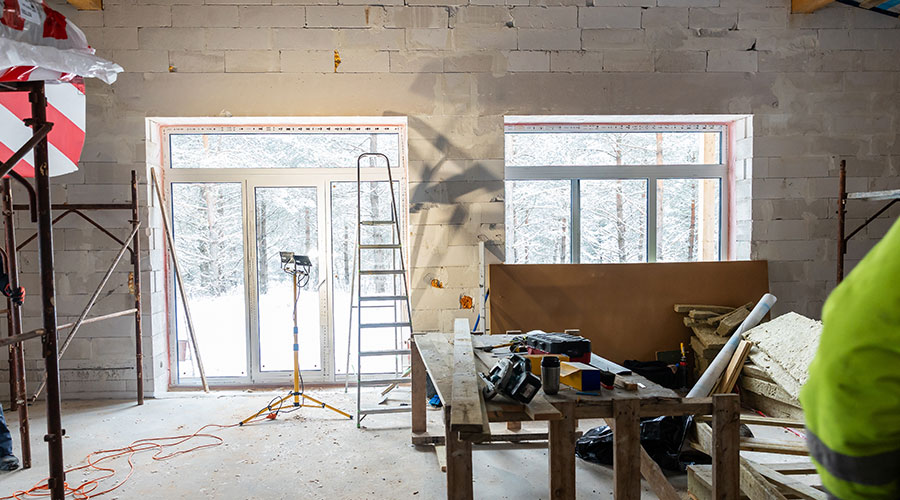University of South Carolina Opens World's Largest 'Green' Dorm
University of South Carolina (USC) officials recently opened its "green dorm," the largest residence-hall complex of its kind in the world.
University of South Carolina (USC) officials recently opened its "green dorm," the largest residence-hall complex of its kind in the world.
The 172,000-square-foot complex includes three four-story buildings with the latest technology and environmental features for conserving water and energy and creating a healthier, greener environment for the 500 undergraduate students who call it home. It also boasts an outdoor amphitheater, a learning center that is powered partly by a hydrogen fuel cell, a turf roof, and a cafe that sells healthy foods and environmentally sensitive products.
Called West Quad, USC's "green dorm" is one of the first newly constructed green college residence halls in the United States, said Dr. Gene Luna, director of University Housing at USC. Luna says the new West Quad, which was built with a significant amount of recycled materials, ranging from the cement blocks and copper roof to the interior carpet, is also intended to encourage students to learn more about their environment.
As part of that philosophy, West Quad includes a 9,000-square-foot living and learning center that includes meeting rooms and classrooms where students can take classes on sustainability, environmental groups can hold meetings, and faculty can host conferences. Biology students and faculty, along with residents, helped grow and plant drought-resistant, low-growing greenery as part of an extensive storm-water filtering and management system.
Luna says he is particularly proud that West Quad, which cost $30.9 million, was built for the same cost as a traditional residence hall, debunking the myth that building green costs more and setting the standard for other green college facilities scheduled to open throughout the United States in the next several years.
"Green" is a term that describes environmental practices and buildings that are more energy-efficient and have a minimal impact on the environment. West Quad uses 45 percent less energy and 20 percent less water than similarly sized traditional residence halls. The heating, ventilation, cooling, refrigeration and fire suppression systems are free of ozone-depleting substances. Water is preheated by a solar collection system, the largest of its kind on the East Coast. Electricity and hot water for the learning center are generated partly by a five-kilowatt hydrogen fuel cell, which also will be used as a teaching tool by chemical-engineering faculty. The turf roof on the learning center not only cools the building by absorbing heat but reduces rainwater runoff, which improves storm water management, according to Luna.
Special light shelves in the windows ensure energy efficiency and comfort by deflecting natural light into the rooms and reflecting it off the ceiling to light the room and reduce the heat of direct sunlight. Interior lights include motion sensors that automatically turn lights on and off as people enter and exit a room. Other green features include low-flow plumbing, high-efficiency washers and dryers, a changing room for bicyclists who commute to campus and lots of outdoor green space for relaxation.
USC has registered West Quad with the U.S. Green Building Council (USGBC) and is awaiting the council's LEED (Leadership in Energy and Environmental Design) certification, which sets and measures international standards for green buildings. Only two universities have residence halls with LEED certification: Carnegie Mellon, which is 71,000 square feet, and Duke University, which was renovated to be made "green." Once certified, West Quad will be the third LEED building in South Carolina. Furman University's Hipp Hall academic building, and Cox and Dinkins, an engineering and surveying firm in Columbia, are LEED certified.
USC is forging ahead as an emerging leader in building green. The new Arnold School of Public Health, scheduled to open in 2005, also is being built to adhere to sustainable principles.
Related Topics:











